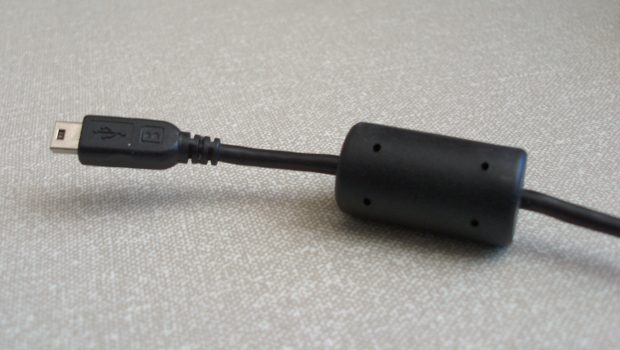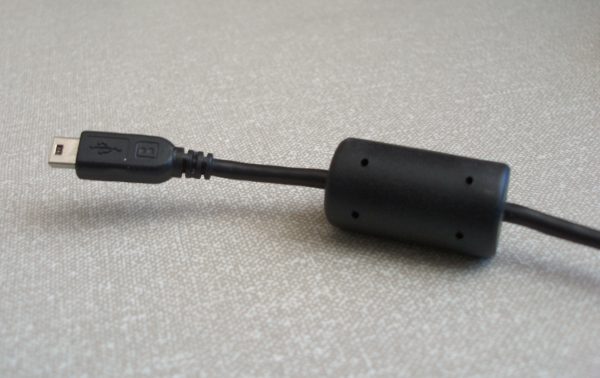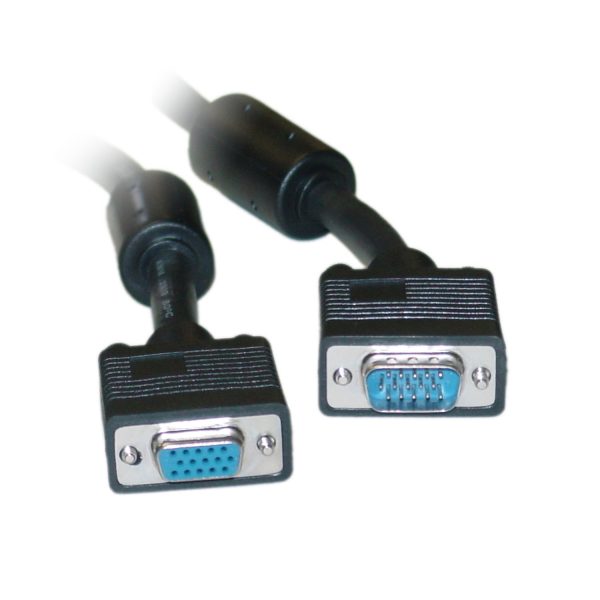The Basics of Ferrite Beads
There are some things that we all see in life every single day, yet none of us actually have a clue what they are. If you were to hear the term ‘ferrite bead’, you probably wouldn’t be able to tell someone what it meant, but these beads are actually a fundamental part of our everyday electronics.
So, what does a ferrite bead do and how does it work?
What is a Ferrite Bead?
Ferrite Beads are used to attenuate or reduce the effect of, electromagnetic interference (EMI) and high-frequency noise in electronic circuits. They can be known as ferrite sleeves, chokes, blocks, filters, cores or rings, but regardless of terminology, they all serve the same purpose.
Whether you knew it or not, you probably see various ferrite bands in action constantly. They are most commonly seen in the form of the large plastic cylinder on external cabling like connective wires and charging cables, but smaller ferrite beads are used internally in circuits such as transistors and integrated circuits as well.
They represent one of the simplest and most inexpensive methods to reduced unwanted high-frequency noise and interference and are used widely across a full spectrum of electronics.
How Do They Work?
While many may think of ferrite beads as an inductor due to the fact they absorb EMI, they can actually act as a capacitor, inductor and resistor all in parallel. The inductor is, however, the primary source for attenuating EMI.
Ferrite beads prevent EMI in two directions, both from a device and to a device. They act as a passive low-pass filter which converts radio frequency (RF) energy to heat, using a coiled wire over the bead to impede the flow of high-frequency signals. This in turn reduces the negative effects of EMI and RFI by reflecting unwanted energy back up the cable or releasing it as heat.
This makes them different from a pure inductor, which would not dissipate any energy but instead produce reactance to impede the flow of EMI.
Choosing the Right Ferrite Bead
If you’re looking to select the right ferrite band for your circuit, it’s important to note that beads do not act as a wideband low-pass filter, as they only stop a certain range of frequencies. The ferrite band you choose must possess the right resistive band to impede your undesired frequencies. A resistive band too high or too low will not reduce undesired EMI.
RS offer a full range of passives, from ferrite cores to surge protection components, making them the go-to retailer in the market for ferrite products and other resistance devices.


















